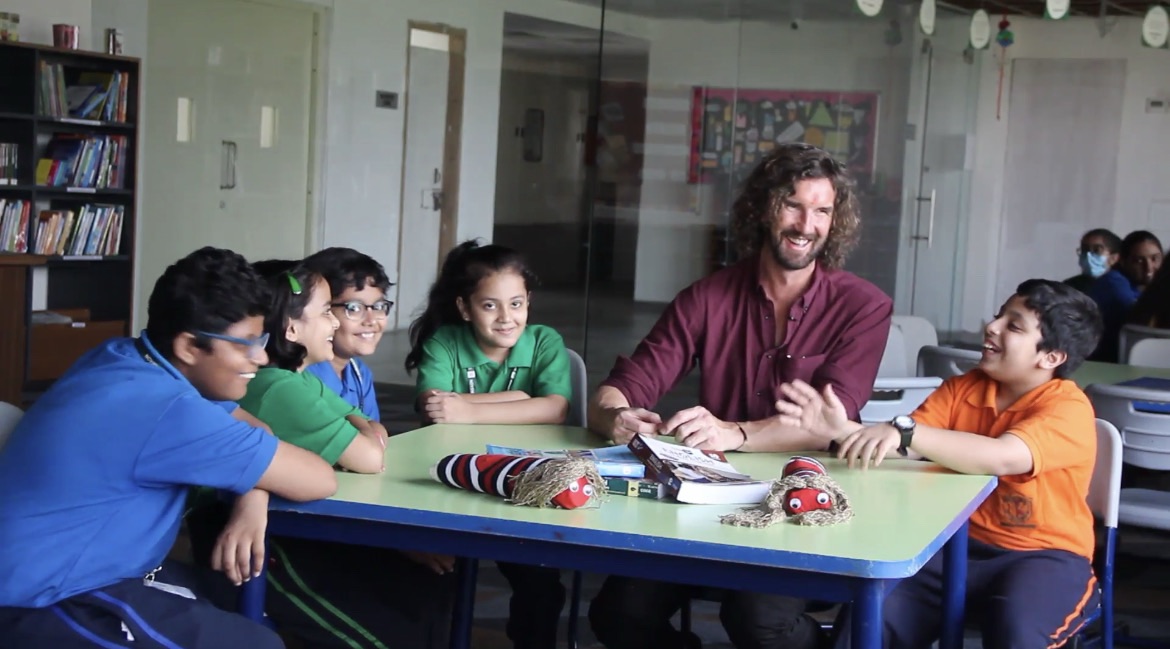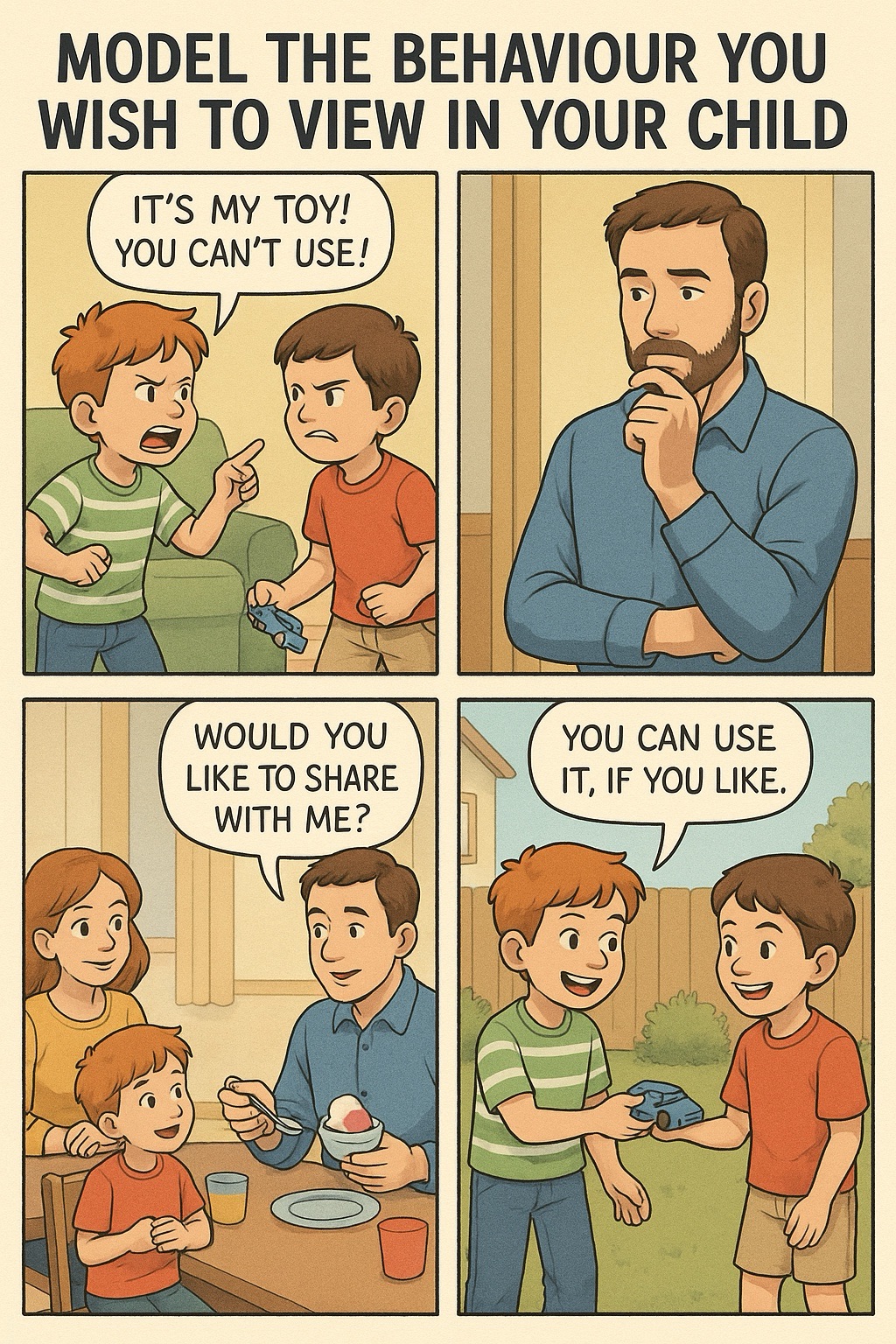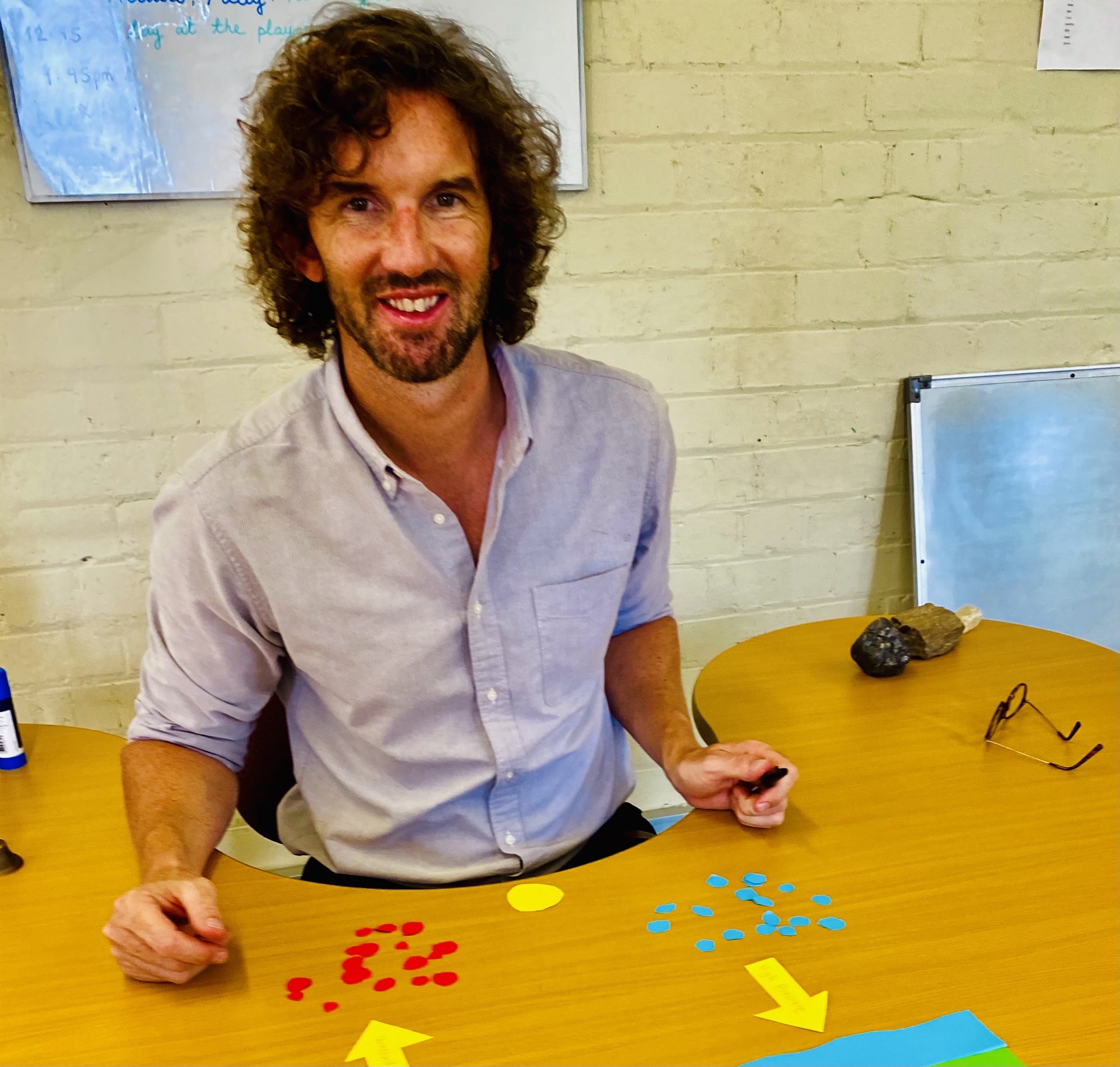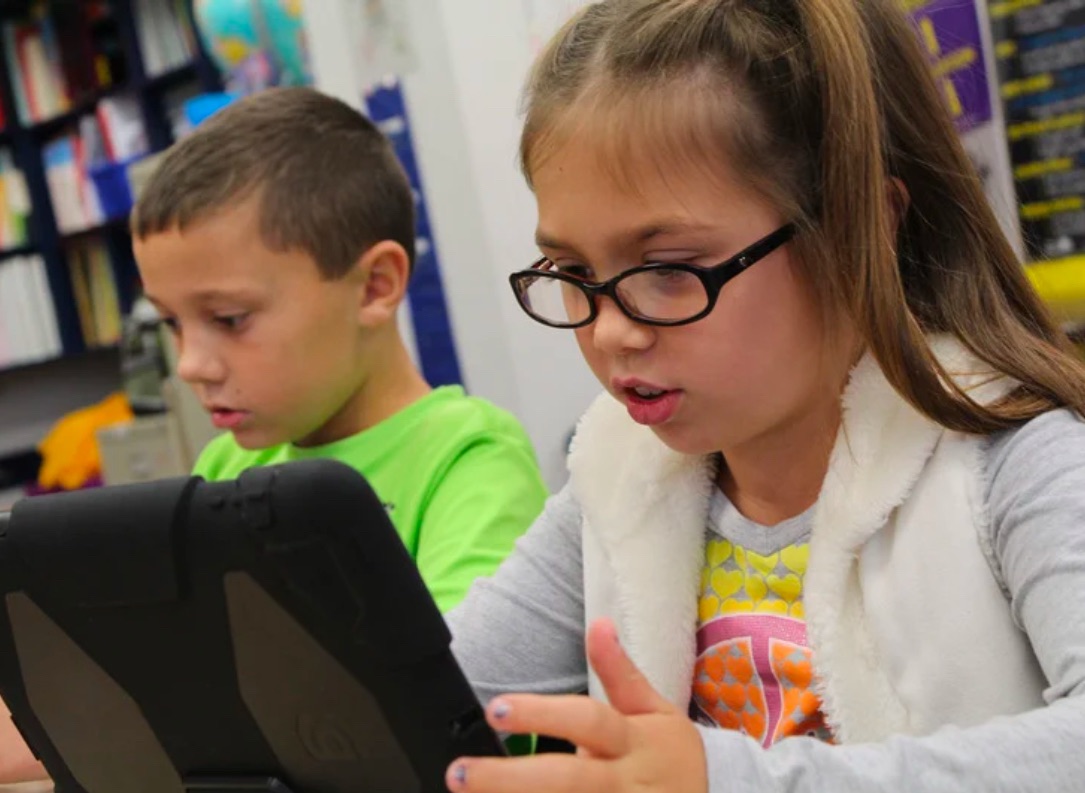As a teacher, showing your students that you care can have a profound impact on their academic and personal growth. A famous quote by Fred Rogers sums it up beautifully: “There are three ways to ultimate success: The first way is to be kind. The second way is to be kind. The third way is to be kind.”
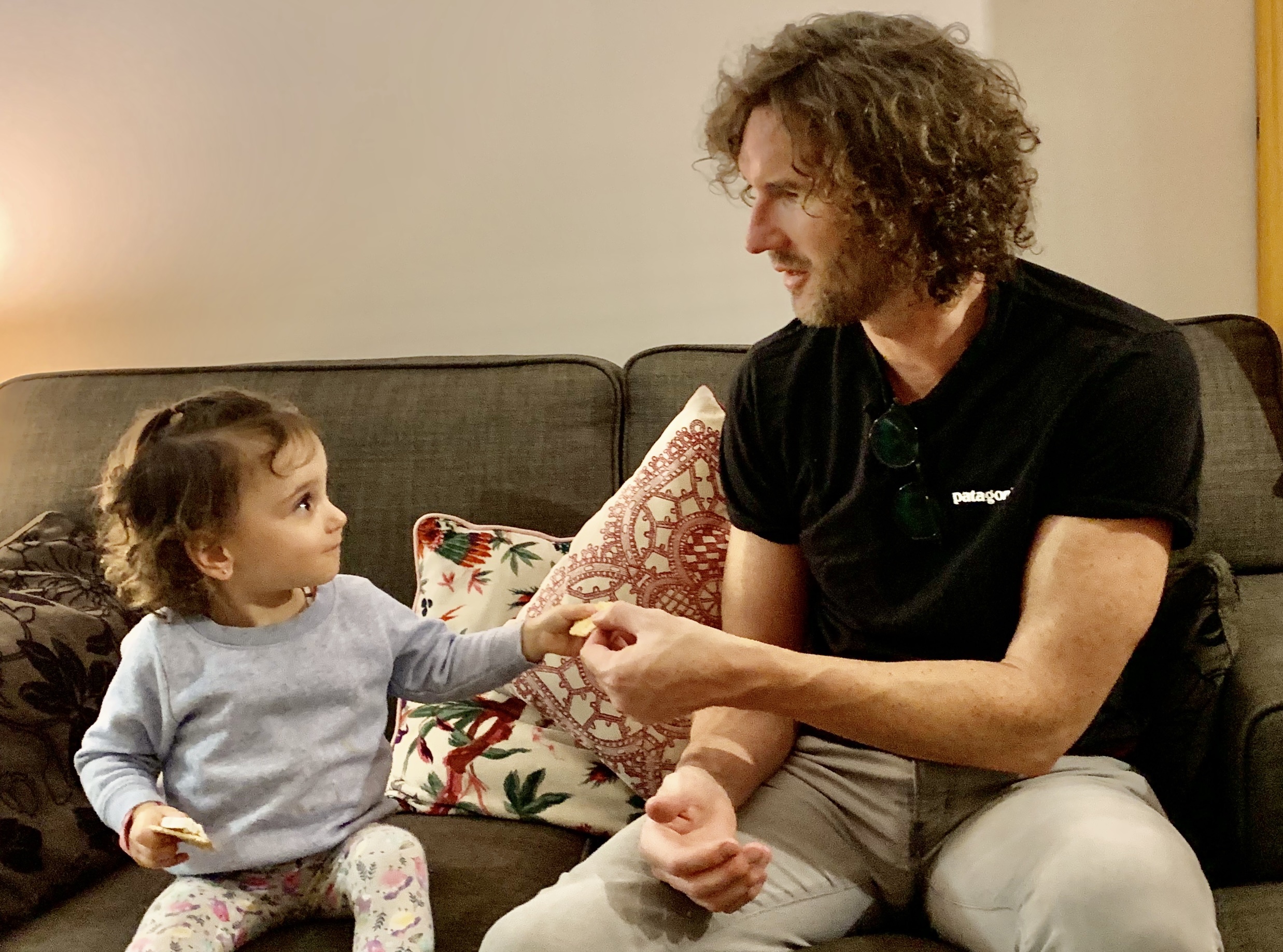
Caring and kindness are at the core of creating a positive learning environment, and there are many practical ways that teachers can demonstrate their care for their students. Here are 20 ways that teachers can let children know they care, each with real-life examples to help bring the concepts to life.
- Provide individual attention and support to each child by giving them one-on-one time to work through a task they are struggling with, or simply taking a few moments to chat with them and ask how they are doing.
- Create a warm and welcoming classroom environment by displaying children’s work, having cozy reading nooks, and creating a comfortable space for them to relax and learn.
- Use positive reinforcement and praise to build confidence by acknowledging their efforts and successes, no matter how small, and highlighting their strengths.
- Encourage children to express their thoughts and feelings by providing open-ended questions and a safe space for them to share their opinions.
- Listen actively to what children have to say by making eye contact, nodding, and summarizing their thoughts to show you understand and value their input.
- Create a community of learners by encouraging cooperation and teamwork through group projects and activities that require collaboration.
- Provide opportunities for children to take risks and make mistakes by encouraging experimentation and exploration in a safe and supportive environment.
- Allow children to take ownership of their learning by giving them choices in their projects and activities and allowing them to set their own pace and goals.
- Respect each child’s unique learning style by offering a variety of activities and materials that cater to different ways of learning.
- Encourage children to set their own goals and track their progress by creating a personalized learning plan for each child and having regular check-ins to track their progress.
- Offer meaningful, hands-on learning experiences by providing real-life problem solving activities, hands-on science experiments, and practical math games.
- Foster a love of learning by exposing children to a wide range of subjects through field trips, guest speakers, and themed projects.
- Provide a variety of materials for children to explore and experiment with by having a well-stocked classroom with different types of tools, materials, and technology.
- Encourage creativity and imagination by providing open-ended activities, encouraging role-playing and storytelling, and having a dedicated art space in the classroom.
- Offer opportunities for physical activity and movement by having regular breaks for physical activity, creating active learning stations, and encouraging movement during lessons.
- Create a safe and nurturing environment that promotes a sense of belonging by establishing clear rules and expectations, fostering positive relationships between children, and promoting kindness and respect.
- Foster a sense of community and connectedness by celebrating cultural diversity by incorporating cultural traditions, holidays, and experiences into the curriculum.
- Offer a variety of learning experiences that are challenging and engaging by providing opportunities for children to take on leadership roles, engage in real-world problem solving, and tackle challenging projects.
- Encourage children to be kind and respectful to one another by modeling positive behavior, promoting cooperation, and reinforcing positive social skills.
- Provide a supportive environment that fosters a sense of self-worth and confidence by offering individualized support, promoting positive self-talk, and helping children develop a growth mindset.



